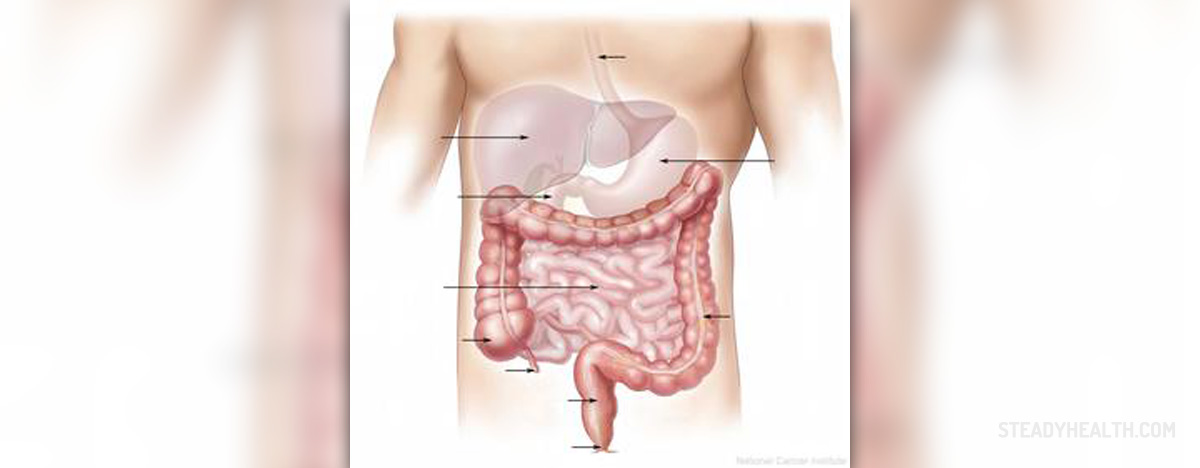
What is digestion?
Digestion of food is, scientifically talking, a breakdown of large food molecules into smaller ones. Digestion is best described as a mechanical and chemical breakdown of food into smaller particles, which are going to be absorbed into the blood stream and carried away throughout the body to feed every living cell. The process of digestion literally starts at the same moment when the food enters the mouth. Both mechanical and chemical breakdown here take place, since the teeth grind the food, breaking it into smaller particles, while the saliva even more softens it with the help of chemicals secreted by the salivary glands.
Digestion of food in humans
As already mentioned, the process of digestion starts at the same moment when food enters the oral cavity. This is the beginning of a long digestive process that develops through different phases and different organs aligned in the digestive system. Digestive system in humans is about nine meters long. This is the distance the food passes while traveling through the body.
In the oral cavity, the food is chewed and mixed with saliva, which helps food particles to stick together and form a bolus. Bolus is a mass of food that has been chewed at the point of swallowing. Swallowed food travels down to the esophagus, passing through the oropharynx and hypopharynx. The top of the esophagus has a flap of tissue that closes to prevent the food from entering the windpipe. The swallowed food is pushed down to the stomach where the main part of digestion takes place.
Stomach is a small shallow pouch made of thick and elastic muscles. It stores the food and helps to break it down. The food in the stomach is further broken apart and mixed with various chemicals such as gastric acid, pepsin and other digestive enzymes. Here, the bacteria from food are being destroyed and the food is even more softened and prepared to enter the small intestine via the pyloric sphincter.
The largest part of digestion and absorption of nutrients takes place in the small intestine. Here, the mass of semi-digested food mixes with bile acids, pancreatic juice and other intestinal enzymes. The inner layer of small intestines is covered with small structures called villi, which absorb the nutrients. Blood rich in nutrients leaves the small intestine and goes to the liver for filtering, removal of the toxins, and final nutrient processing.
From the small intestine, food enters the large intestine where gut bacteria break down some of the substances. The large intestine is about 1.5 meters long, and consists of three parts: the cecum at the junction with the small intestine, the colon, and the rectum. The water is here absorbed from the bolus, and the feces are stored until they are egested, which is the end of the digestion.


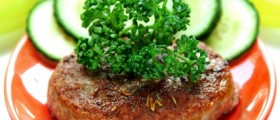
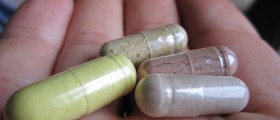
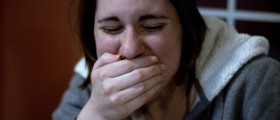
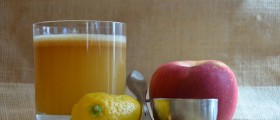
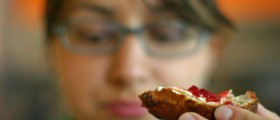
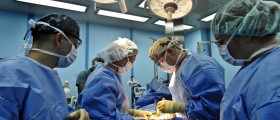
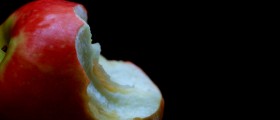





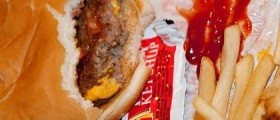


Your thoughts on this
Loading...